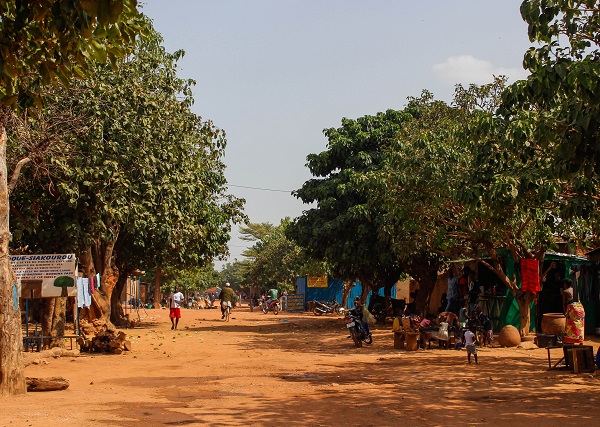
Bobo Dioulasso is the second largest city in Burkina Faso and the first city I stopped in as I arrived from neighboring Mali. The name of the city comes from the names of the two tribes that first settled there centuries ago – the Bobo and the Dioula. I was very curious to see how it might compare to the two cities I visited in Mali (Bamako and Segou) because Monique (the owner of Papillon Reizen who arranged my trip into Burkina) had told me that Burkina would feel more modern than Mali. What I think I realized was that, in West Africa, modern is a relative concept.
I arrived in Bobo in the evening after spending the day in transit from Segou. My hotel was cute and clean and I was thrilled that they had ice cold bottles of Coca Cola Zero at the bar. A soda has never tasted so good! Despite the fan in my room, I awoke the next morning drenched in sweat – a fact that made me realize how much hotter Bobo was than Segou. On the plus side, the mosquitoes that plagued me in Mali were nowhere to be found.
After an omelet breakfast (with a crazy amount of onions!), my guide, Ibrahim, met me at the hotel with a local guide (also named Ibrahim) and we started walking into the center of the city. To my surprise, we were walking along dusty, red dirt roads similar to those that were prevalent in Segou. Bobo may be the second largest city in Burkina, but it really didn’t feel like it. We eventually hit asphalt as we approached the main square, where I also caught a glimpse of a government building that had been set on fire during the protests that led to a military coup in the country just weeks before my trip.
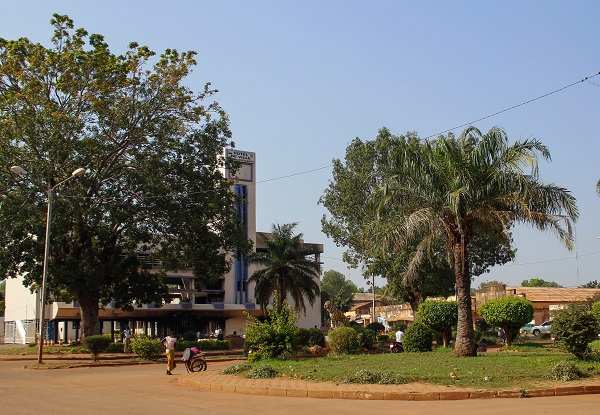
We stopped in several artisan shops on our way to the square. They were interesting at first, with craftsmen sitting out back welding bronze or whittling away at wood and ivory. But after three or four, everything started to look the same – carved elephants and hippos, distorted bronze figurines and a variety of musical instruments. An impromptu concert at one of the instrument shops by the owner and the two Ibrahims was a welcome distraction. I ended up buying a small wooden turtle (as I collect turtles everywhere I travel) and a CD of music for my brother, as well as a large cloth dyed in bright blue with the image of an elephant to be framed back home.
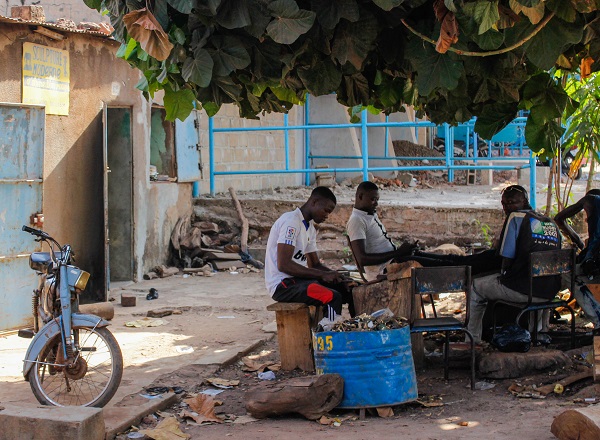

Just off the square was the Grande Mosque – made in the Sudanese mud brick style common in this part of Africa, but completely unlike any mosques I have seen elsewhere. I was able to enter with the Ibrahims, although I was told that a single Muslim woman would not have been allowed to enter. It was empty at the time and quite dark. Whereas the mosques I have visited in Turkey, Egypt and Central Asia had large open areas for people to pray, this mosque had low ceilings held up by dozens of thick pillars. I had trouble picturing how it would be when full of worshipers.
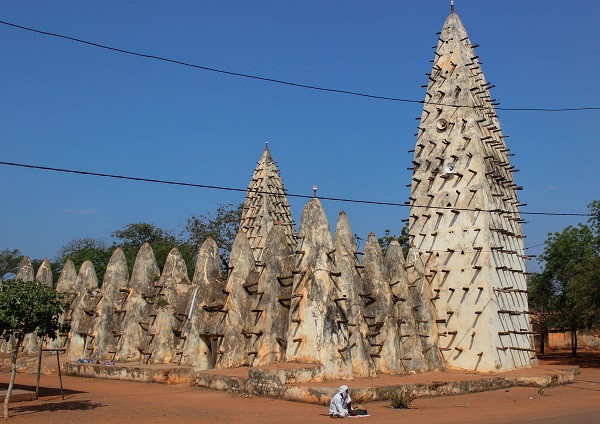
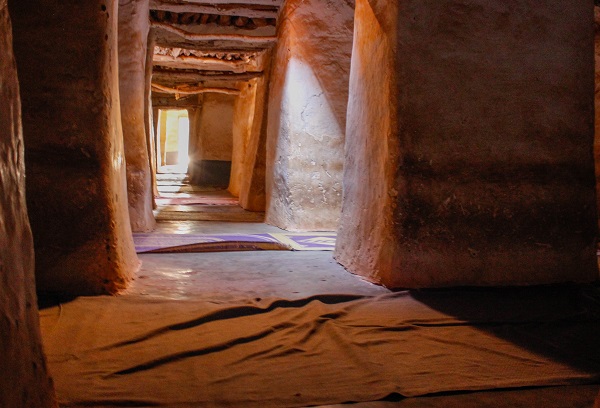
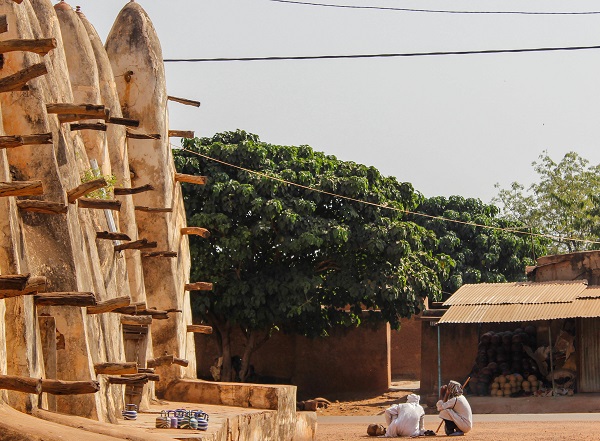
From the mosque, we headed into Dioulassoba – the old city of Bobo. While walking among the mud huts and dusty alleys gave a sense of how life was centuries ago, I was keenly aware that many Burkinabe continue to live in a similar fashion. We saw women pounding millet to be brewed into beer (which I got to sample), lines of blankets hanging to dry in the sun and children washing clothes in the stream down below – a stream full of catfish, which are considered sacred by the Bobo people. It was like time stood still.
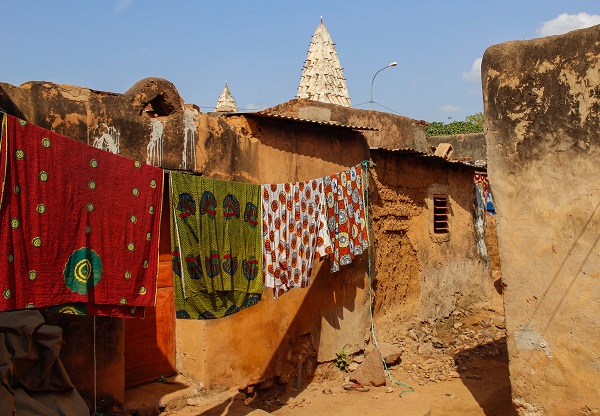
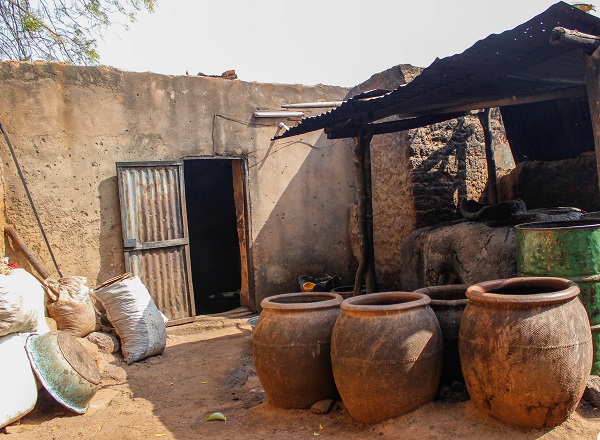

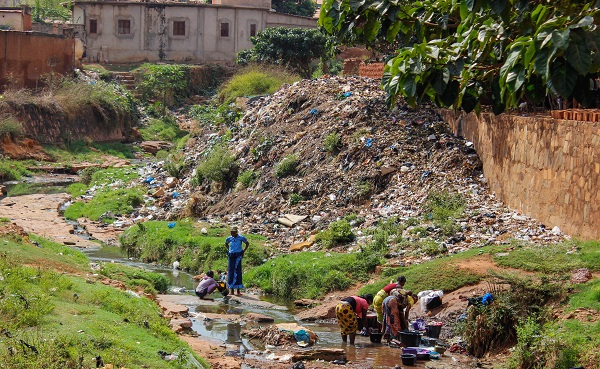
Eventually, we walked back through the square and into a more modern part of the city, where I was able to get cash from an ATM and grab a Coke before it was time to head to the bus station. While I would have liked to spend another day in Bobo, my time in Burkina was limited and it was time to catch the bus to Banfora.
